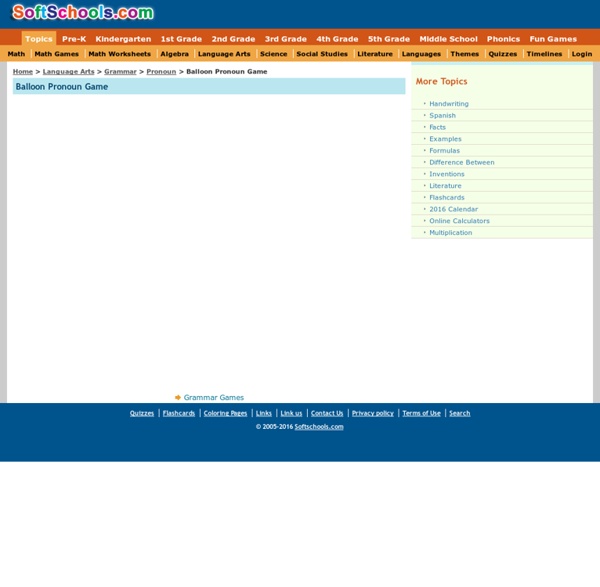Balloon Pronoun Game
Between the Lions . The Best Trampolini Game | PBS KIDS!
Come play again later! Come play again tomorrow!
Nouns which is concrete or abstract nouns Quiz by richie_geo
How to Play Click the green button to start and enter the correct answers belowEnter 'Concrete', if it is concrete nouns or 'Abstract' if it is abstract nouns. Concrete nouns can touch, taste, feel, smell, heard or seen. Abstract nouns can't be seen or heard but you feel it. <div class="noscript" id="noscriptbox"><span style="color: red; font-size: 18px;"> Javascript is not currently enabled on your browser. Go to the Sporcle.com Mobile Site →
Login
Flashcard Stash Flashcard Stash Don't have an account? Friends with BookmarkOS about faq press tools terms of service privacy policy
Related:
Related:



